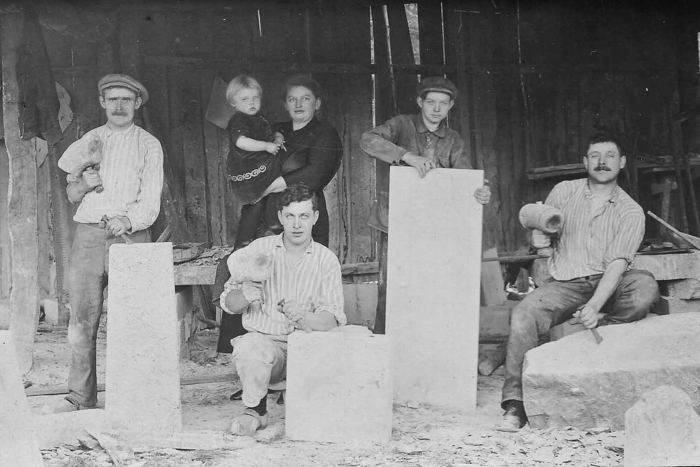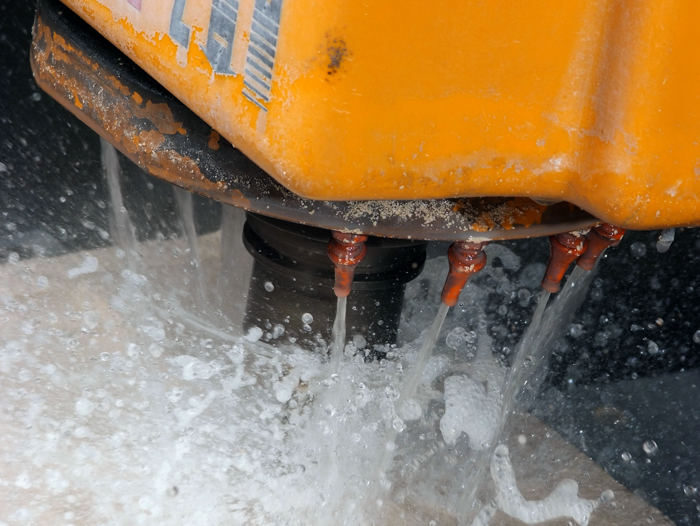| Renier and the environment
As a family business, we believe that our company’s impact on the environment is something really important. That is why we have already taken all kinds of steps to limit its impact as far as possible. Below is a short summary of these measures.

Limiting CO2
One of the largest solar arrays in Aarschot
Renier Natuursteen generates about 60% of its energy needs with the solar array on the roof of its warehouse in Aarschot. It is one of the largest solar arrays in the Aarschot region!
Natural stone has the lowest CO2 footprint of all construction materials
We “cut” natural stone out of the mountain, saw it into pieces of the right size and scour the surface. So there is no heat required in any part of the process. This means that natural stone has the lowest CO2 footprint of all construction materials.
CO2 emissions are even further avoided by using local natural stone.

CO2 emissions are even further avoided by using local natural stone.
Collecting and reusing H2O
Rainwater harvesting and use
Renier Natuursteen tries to separate off as much rainwater as possible and to buffer it for reuse. This means that we hardly use any groundwater at all.Water recycling and reuse since 1988
All the process water is drained away separately to our sedimentation basin. Once there, the water is purified by sedimentation. That makes it pure enough for reuse in the production process. In this way, we ensure that we do not need to discharge any process water and that we need less groundwater.Limiting waste
Optimal use of raw materials
We put constant pressure on our suppliers to improve their sawing machine software to make more economical use of the raw material and thus to further limit waste levels.
Natural stone residue used for road building
All the natural stone residue is stored separately and crushed for recycling in waterway construction or road building. So it is never dumped.
Silt for agriculture
The limestone dust that sinks to the bottom of the sedimentation basis is put through a filter press to remove more of the water and collected separately. Then the silt is used in agriculture as a soil improver. In other words, the silt is never dumped either.Biodiversity in stone quarries
Extracting stone from a quarry leads to the creation of habitats that have become rare in Belgium, such as rocky or sandy slopes and sand plains, rock rubble, temporary bodies of water, calcareous grassland or rough pasture etc. Thanks to these environments created by stone quarries, populations of pioneer species of high biological value can emerge and develop.





